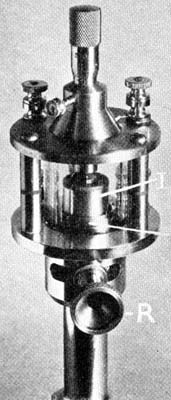 |
Left: Springless Bouncing Pin
As detonation occurs, the diaphragm
|
Page 2
|
to measure detonation in the octane engine. |
 |
Left: Springless Bouncing Pin
As detonation occurs, the diaphragm
|
|
At right: Micrometer Head Bouncing Pin:
Many designs included a micrometer
|
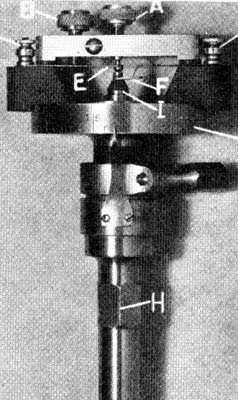 |
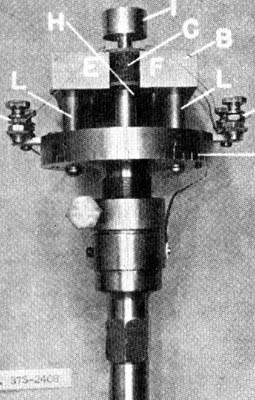 |
in which the inner pin is fitted with a coil of fine wire. As the inner pin bounces up and down the coil cuts the lines of force of a fixed electro-magnet attached to the barrel of the pin.
Left: Micrometer Head Bouncing Pin with
|
| A condenser plate is attached to the
inner pin of the micrometer head. As the pin bounces the capacity of the condenser changes because the space between the movable plate and the fixed plate changes. Right: Micrometer Head Bouncing Pin
|
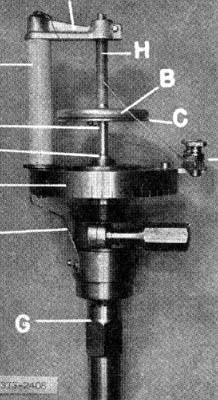 |
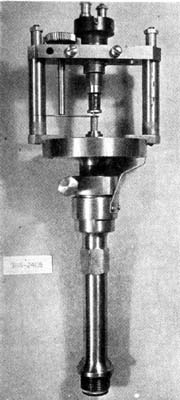 |
|
Next: OLD INSTRUMENTS
PAGE
Octane Home Page
RUNYARD.ORG
Page created November 8, 2000
Updated 03/03/2007